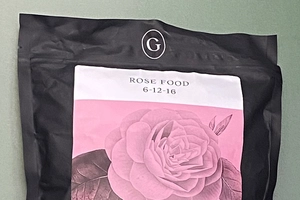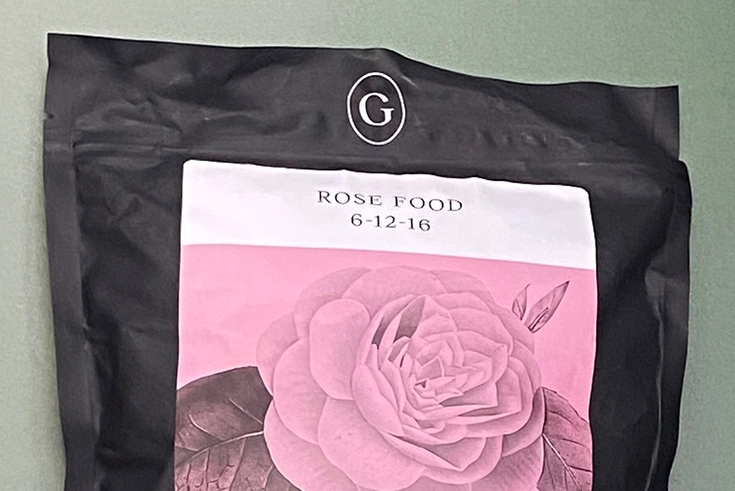GARDENWORKS Rose Food 6-12-16
Short description
An excellent source of food and nutrition for all types of roses.
10 locally owned and operated stores in British Columbia to shop at. View our locations here
Growing gardens in BC for over 40 years!
GARDENWORKS Rose Food 6-12-16
Short description
An excellent source of food and nutrition for all types of roses.
10 locally owned and operated stores in British Columbia to shop at. View our locations here
Growing gardens in BC for over 40 years!

GARDENWORKS Rose Food 6-12-16
- High in phosphorus to promote large, vibrant blossoms & high in potash to ensure the optimum in disease resistance.
- Specially blended to include a high content of elements and nutrients to promote rich colours and strong stems.
WHEN TO USE:
- Use GARDENWORKS Rose Food in the fall when transplanting a dormant plant, or in the early spring when planting a new or transplanted rose. A small amount of Bone Meal should be used for long term root development.
- With established plants, feeding should start at the first sign of growth and repeated every 2-3 weeks until mid-July. Feeding is not recommended after this time.
HOW TO USE
NEW:
For new rose plantings, select a sunny area and prepare the soil.
- Prepare Beds – For each 10m2 of bed, spread 1kg of Rose Food and work well into the soil. One 2kg carton feeds about 20m2 or 215sqft – an area of 4m by 5m or 13ft by 16ft.
- Individual Plants – Place one small handful (about 30g) in the bottom of the planting hole. Cover with 5cm of soil and plant the rose. Water well.
MATURE OR ESTABLISHED:
- For mature rose bushes, do a thorough spring pruning and clean up shortly after the last frost, before new growth begins and before fertilizing.
- Prepared Beds – Apply 1kg of Rose Food per 10m2 of rose bed and work lightly into top 5cm of soil. Water well.
- Single Plants – Climbers, tree roses, and other types. Spread 30g for smaller plants and up to 60g (1 large handful) for larger plants, in a broad circle around the base of the plant, starting about 15cm from the stalk. Work into top 5cm of soil and water well.
TIPS:
- Roses should receive at least 5-7 hours of sun daily (for best growth) and enough early morning sun to dry foliage (to minimize mildew)
- Roses need plenty of water to perform well. Water deeply, but only as often as needed. Inadequate watering will slow or halt growth. Too much water will cause root disease. Water should be directed to the soil (not overhead) to minimize risk of disease on leaves.
- Spray or dust regularly with special rose care products to minimize possible pests or fungal diseases.
- Mulching with peat moss or other soil amendment around the base of the plant will protect roses from summer heat and winter cold.
- Brand

